The rapid advancement of artificial intelligence has brought unprecedented opportunities for data-driven innovation. Yet beneath the surface of this technological revolution lies a fundamental tension between collaboration and confidentiality. Federated learning, once hailed as the perfect solution to this dilemma, now faces its own paradox—the very mechanism designed to break down data silos may be reinforcing them in unexpected ways.
At its core, federated learning promised a utopian vision: multiple parties collaboratively training machine learning models without ever sharing raw data. The approach appeared to resolve the impossible trinity of privacy, utility, and scalability that had long plagued traditional data-sharing frameworks. Early adopters across healthcare, finance, and telecommunications embraced the technology with enthusiasm, believing they could finally leverage collective intelligence while maintaining strict data sovereignty.
However, the reality proved more complex than the theory. As implementations scaled beyond controlled pilot environments, researchers began observing counterintuitive phenomena. The privacy guarantees that made federated learning attractive—differential privacy, secure aggregation, and encrypted parameter exchange—were simultaneously creating new forms of fragmentation. What emerged wasn't a unified intelligence but rather a constellation of semi-compatible models, each carrying subtle biases from their respective data environments.
The financial sector provides a telling case study. Major banks adopting federated learning for fraud detection initially reported promising results. Yet over time, they discovered their models developed distinct "personalities" reflecting regional transaction patterns. A model trained across European banks struggled to recognize fraud patterns common in Asian markets, not because of data quality issues, but due to the very privacy protections preventing cross-contamination of datasets. The protective mechanisms meant to preserve privacy were inadvertently creating specialized models that couldn't generalize beyond their training cohorts.
This phenomenon extends beyond technical limitations into the realm of institutional behavior. Organizations investing in federated infrastructure increasingly treat their contributions as proprietary assets rather than communal resources. The same legal frameworks that enable privacy-preserving collaboration—data use agreements, contribution audits, and compliance certifications—have become so burdensome that participants limit their engagement to narrow, high-value use cases. Ironically, the system designed to promote open collaboration has spawned new forms of data hoarding.
Healthcare researchers face particularly acute manifestations of this paradox. A consortium of hospitals using federated learning for medical imaging analysis found their models performed exceptionally well on common conditions but faltered with rare diseases. The privacy-preserving aggregation that protected patient information also diluted the statistical signal from smaller patient subgroups. In trying to protect individual privacy, the system inadvertently marginalized populations that were already medically underserved.
The technology's evolution reveals deeper philosophical questions about the nature of data collaboration. Early federated learning proponents operated under an implicit assumption that distributed data could be treated as a homogeneous whole when properly aggregated. Reality has shown that data exists within contexts—cultural, temporal, and operational—that can't be fully separated from the information itself. The privacy protections strip away these contextual layers, leaving models trained on data that's technically compliant but semantically incomplete.
Emerging solutions focus less on perfect privacy and more on managed disclosure. Some research teams are experimenting with graduated privacy frameworks, where certain types of metadata or contextual information can be shared under strict protocols. Others advocate for hybrid approaches that combine federated learning with carefully designed centralized repositories for non-sensitive anchor data. These approaches acknowledge that some degree of contextual sharing may be necessary to prevent the balkanization of knowledge.
The regulatory landscape further complicates this balancing act. Data protection laws like GDPR were drafted before federated learning's rise, leaving gray areas around how model parameters should be treated legally. Some jurisdictions are now debating whether gradients and embeddings constitute personal data, creating uncertainty that slows cross-border collaboration. This legal ambiguity reinforces the tendency toward data silos as organizations adopt conservative interpretations to avoid regulatory risk.
Perhaps the most unexpected consequence has been the emergence of "shadow federations"—informal networks of organizations bypassing official channels to share contextual information that improves model performance. These arrangements, while technically violating strict federated learning protocols, often produce more robust models by allowing controlled information exchange. Their existence suggests that pure privacy preservation may be incompatible with truly effective collaboration.
The federated learning paradox ultimately challenges our fundamental assumptions about data ownership and utility. As the technology matures, practitioners are realizing that privacy protection and knowledge integration exist on a spectrum rather than as binary choices. The path forward may require reimagining not just our technical architectures, but our very conception of what it means to collaborate in an age of data sensitivity. Future breakthroughs will likely come from frameworks that acknowledge the necessity of some controlled information flow, rather than attempting to eliminate it entirely.
What began as a technical solution to data sharing dilemmas has evolved into a mirror reflecting deeper tensions in our digital society. The federated learning paradox reminds us that in seeking to protect every individual tree, we risk losing sight of the forest's interconnected ecosystem. The next generation of privacy-preserving technologies will need to navigate this delicate balance, recognizing that while data sovereignty is crucial, some bridges between islands must remain standing.
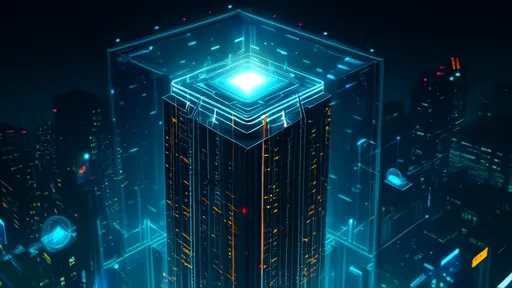
By /Jul 2, 2025

By /Jul 2, 2025
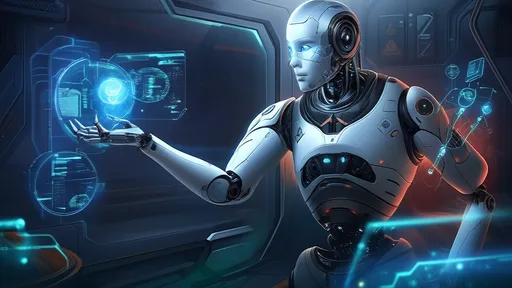
By /Jul 2, 2025
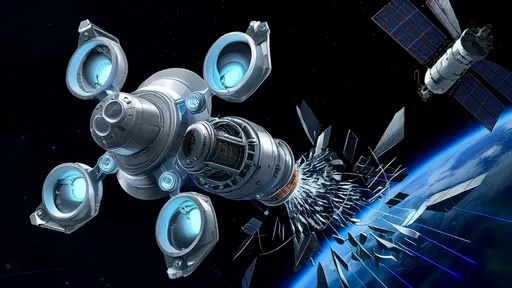
By /Jul 2, 2025
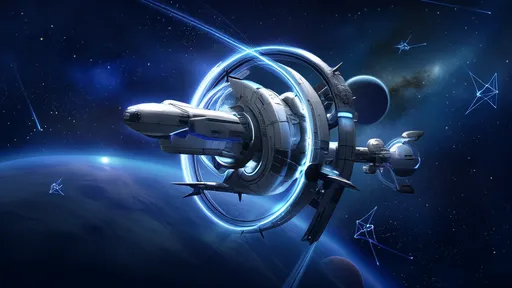
By /Jul 2, 2025
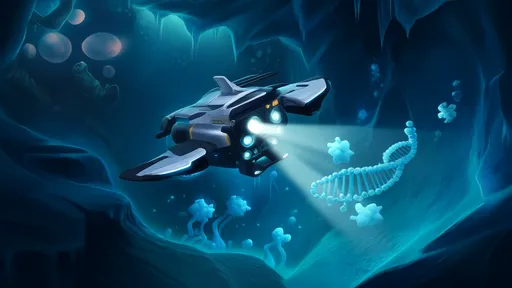
By /Jul 2, 2025
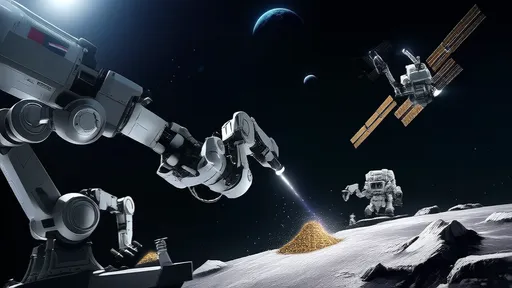
By /Jul 2, 2025
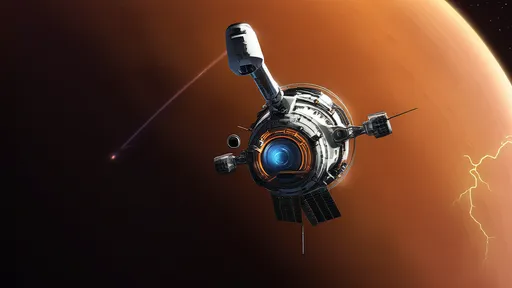
By /Jul 2, 2025

By /Jul 2, 2025
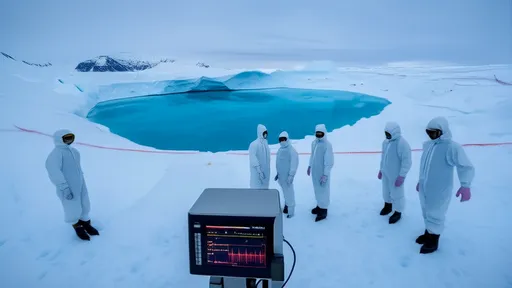
By /Jul 2, 2025
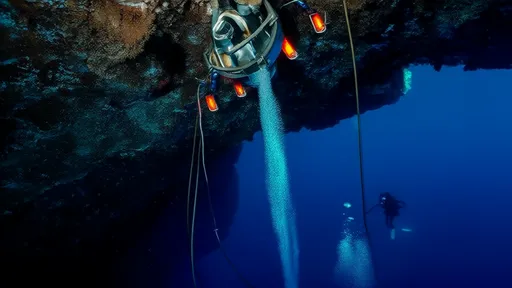
By /Jul 2, 2025
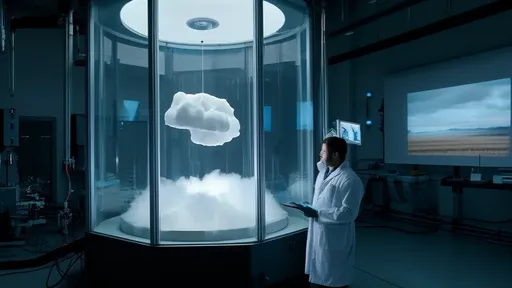
By /Jul 2, 2025
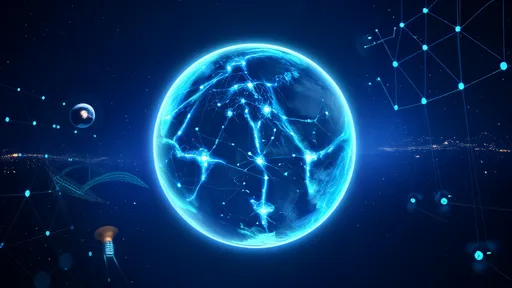
By /Jul 2, 2025
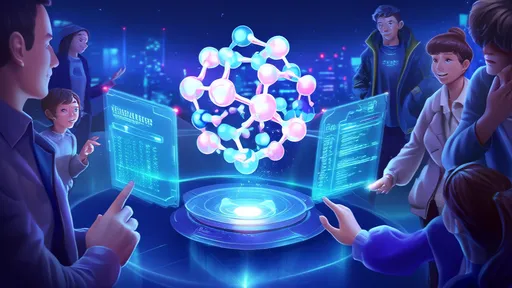
By /Jul 2, 2025
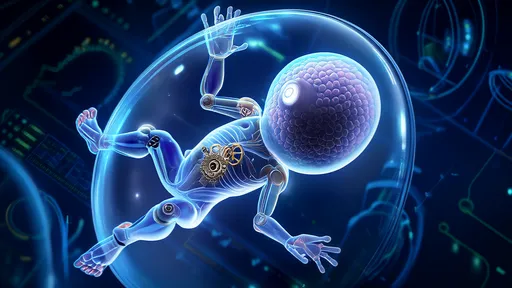
By /Jul 2, 2025
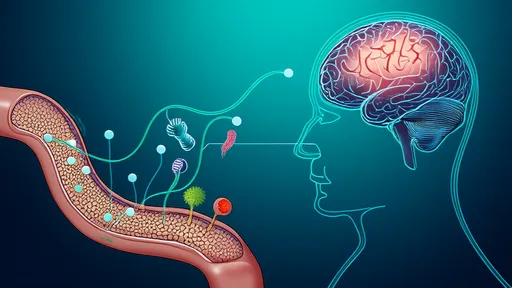
By /Jul 2, 2025
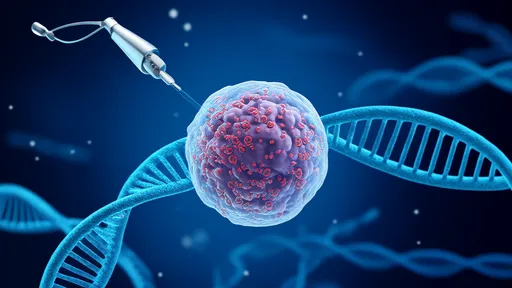
By /Jul 2, 2025

By /Jul 2, 2025

By /Jul 2, 2025
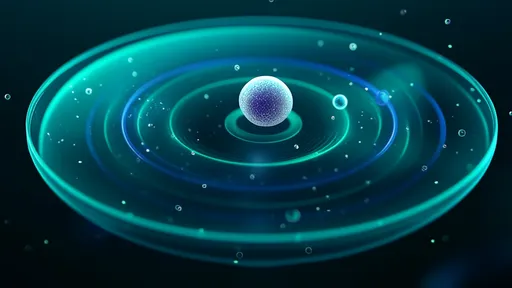
By /Jul 2, 2025